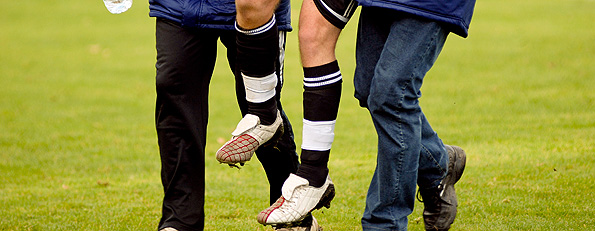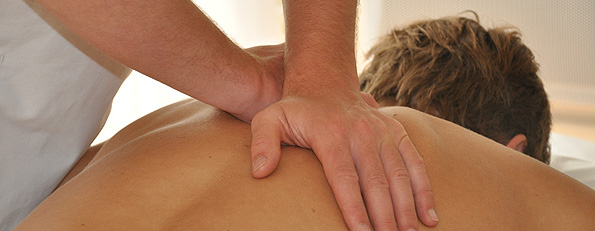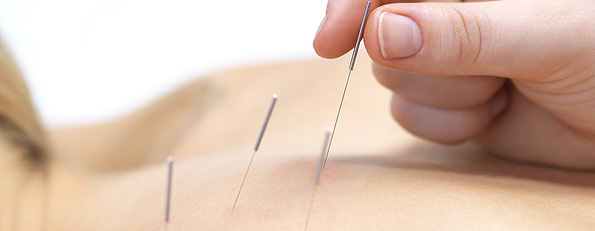Osteopathy during and after Pregnancy
- Osteopathic treatment can be beneficial in:
- Easing some of the physical discomforts of pregnancy.
- In some cases helping threatened miscarriage to settle.
- Preparing for the demands of labour.
- Helping the mother to recover after birth.
Pregnancy is a unique experience. Enormous physical, chemical and emotional changes take place over a relatively short period of time. The body has to adapt to carrying up to 20lb of baby, waters and placenta, which can impose physical strain on all the organs and tissues.
Is Osteopathy safe during Pregnancy?
Osteopaths are highly skilled and undergo a minimum of 4 years training. Gentle osteopathic techniques are very beneficial and perfectly safe at all stages of pregnancy.
Discomforts of Pregnancy
Osteopathy can help to ease some of the discomforts of pregnancy including:
Aches and Pains
Aches and pains are common during pregnancy as the body changes shape to accommodate the increasing size and weight of the uterus. This involves considerable changes to posture. If the mother has existing back problems, or strains in her body from past accidents or trauma, it may be more difficult for her to accommodate these changes, and she may suffer more discomfort as a result.
The ligaments of the whole body soften during pregnancy due to the action of hormones. This allows the bones of the pelvis to separate slightly during the delivery to facilitate the passage of the baby’s head through the pelvis. Unfortunately this softening affects the whole body and makes it more vulnerable to strain during the pregnancy.
Poor posture may cause backache, neck ache, headaches, aching legs and undue fatigue. Osteopathic treatment is helpful in assisting the body to make postural changes easily and makes the pregnancy much more comfortable.
Nausea and Vomiting
Osteopathy can help by releasing debilitating physical strains caused by vomiting and restoring musculoskeletal harmony and balance. Treatment to improve the circulation to and from the liver can help reduce nausea.
Heart Burn
As the uterus expands, it distorts the diaphragm contributing to heartburn. Osteopathic treatment can often reduce tension and relieve heartburn.
Breathing Difficulties
Postural changes through the lower ribs and spine can impede the action of the diaphragm and make breathing difficult. Osteopathic treatment to improve function of the whole rib cage allows full use of available lung capacity.
Varicose Veins and Haemorrhoids
Tension within the pelvis or diaphragm area can increase resistance to the return of venous blood to the heart from the lower half of the body. This can cause or aggravate varicose veins in the legs and haemorrhoids. Osteopathic treatment to release tension in the pelvic regions is helpful in the prevention and treatment of these conditions.
Threatened Miscarriage
There are many reasons for miscarriage, and many are not preventable. In a relatively small number of cases physical limitations in the mother’s body make it difficult for her to carry a pregnancy beyond a certain stage. This may cause repeated miscarriages at a similar stage. Osteopathic treatment can sometimes stabilise the pregnancy and allow it to proceed to full term.
Position of the Baby
As the baby grows and take up more space in the abdomen there is less space for him/her to move about, and he/she finds his own preferred position. The mothers posture has to adapt to accommodate the position of the baby, and if this conflicts with her own musculoskeletal demands it may cause undue aches and pains. This is the reason that one pregnancy may be more uncomfortable to carry than another. The baby settles in a head downward position and facing backward with his spine curled in the same direction as his mother’s spine. This puts him/her in the most advantageous position for passing through the birth canal during labour.
Preparation for Labour
An important part of preparation for childbirth to ensure that the mother’s pelvis is structurally balanced and able to allow passage of the baby down the birth canal. Trauma to the pelvic bones, coccyx or sacrum at any time in mother’s life can leave increased tension in the muscles and strain within ligaments and bones of the pelvis. This can limit the ability of these bones to separate and move out of the way during labour, and thus limit the size of the pelvic outlet.
Osteopathic treatment is extremely effective at releasing old strains within the pelvis, thus giving the best chance of an easy and uncomplicated labour.
In most cases osteopathic treatment to ensure that the pelvis and uterus are correctly balanced and aligned can help with discomfort of the later pregnancy, and can often help the baby turn into a better position.
Tips to encourage the baby to lie correctly.
As labour is likely to be more difficult if the baby is not lying correctly, it is worth trying to help him/her to move into a better position.
- Try to keep as active as possible throughout the pregnancy.
- “Walk tall” pushing your head upwards as if suspended by a string. Do not allow your lower back to slump into a very hollow position.
- Sitting slouched in soft chairs encourages the baby to turn into the back-to-back position. Where possible, sit with your bottom well back into the chair and the lower back supported. Better still sitting on a foam wedge, or on a chair that has a seat that tits forward actively encourages the bay to lie correctly.
- If your baby is lying in a breech or back to back position, then spending some time each day in an ‘all four’ position can help it to turn.
Treatment after Birth.
Birth can be traumatic for both mother and baby, and osteopathy is effective at helping both to recover.
Mother
The mother’s pelvis is vulnerable to lasting strains from the forces involved, particularly after a difficult delivery. Some of these strains can have a profound effect on the nervous system, and contribute to postnatal depression. After giving birth, the body not only has to recover from the changes it made during pregnancy, but also from the effects of delivery. All this whilst doing the very physical and mentally demanding job of caring for the new baby. Caring for a baby can place enormous strain on the back, during such activities as nursing in poor positions, lifting car seats especially in an out of the car, reaching over the cot, or carrying a child on one hip. Unresolved childbirth stresses in the mother can contribute to no going back problems, period problems, stress incontinence, constipation, headaches and more. Osteopathic treatment can help the mother return to normal, physically and mentally, after birth by releasing strains from both pregnancy and labour. This allows her to relax and enjoy her new baby.
Baby
The baby can suffer long lasting effects from the moulding process during birth, and an osteopathic check up is recommended.
Copyright © 2005 Ashbrook | All rights reserved.




